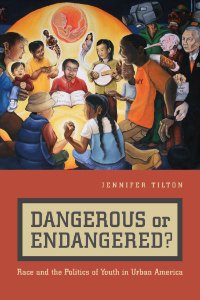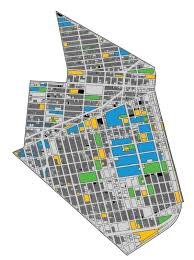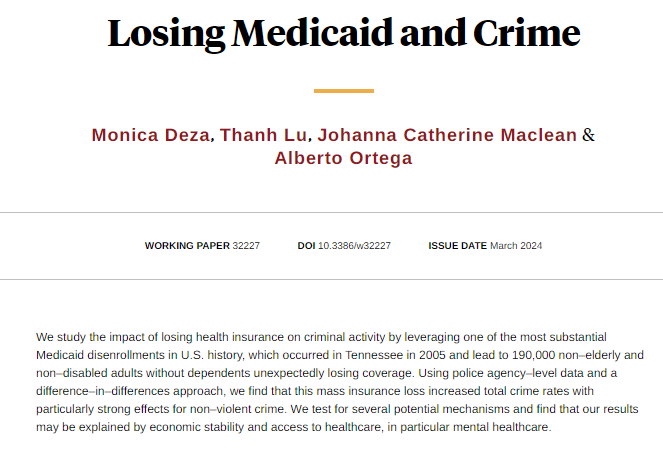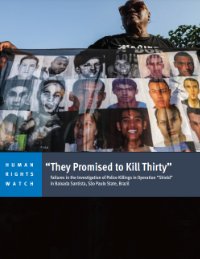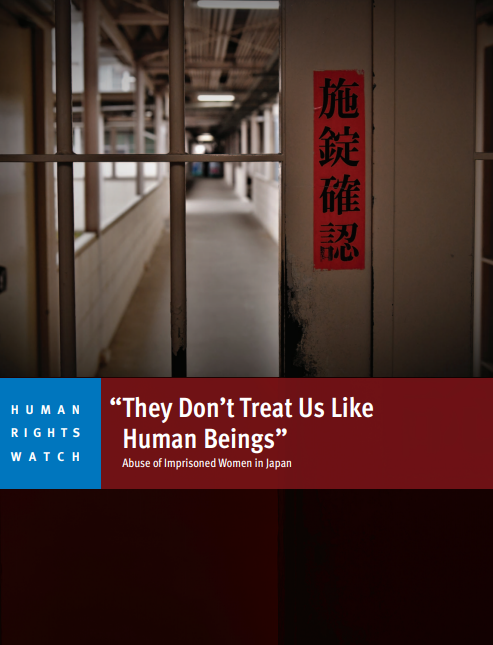CERVINI, ENZO MARIA LE FEVRE; CARRO, MARÍA VICTORIA
From the document: "Generative Artificial Intelligence's (GenAI) capacity to produce highly realistic images, videos, and text poses a significant challenge, as it can deceive viewers and consumers into accepting artificially generated content as authentic and genuine. This raises concerns about the dissemination of false information, disinformation, and its implications for public trust and democratic processes. Additionally, this phenomenon prompts critical ethical and legal inquiries, including issues surrounding the attribution of authority and accountability for the generated content. [...] This article delves into the impact of generative AI on recent and future political elections. We'll examine how deepfakes and other AI-generated content are used, along with their potential to sway voters. We'll also analyze the strategies various stakeholders are deploying to counter this growing phenomenon."
ITALIAN INSTITUTE FOR INTERNATIONAL POLITICAL STUDIES. 22 MAR, 2024. 44p.







